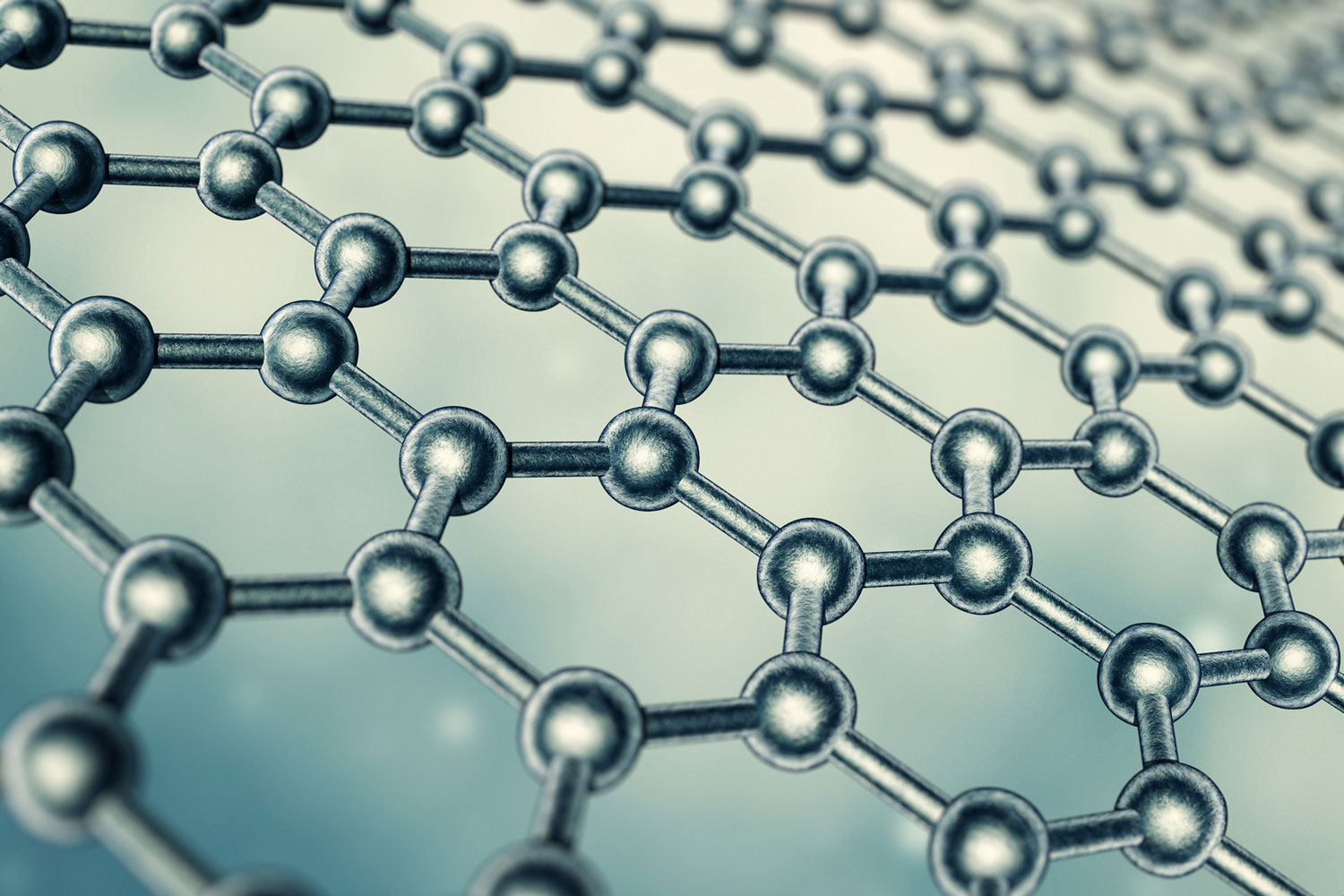
Tri-Service
The Future's Bright, The Future's Graphene

Forget wonder drugs – there’s a wonder material that’s been causing quite a stir. Graphene is a big tech story globally.
It’s not new, it was first isolated from graphite in 2004, but it has yet to make its mark.
A surprise really as the scientists behind the discovery claim it could revolutionise almost every part of everyday life.
For those who don’t know, Graphene is ultra-light but super tough and is 200 times stronger than steel but incredibly flexible. Sound useful? The science world thinks so.
The #Army must do more with less - Is #technology the answer? #Robots#Drones & #Exosuitspic.twitter.com/ilelHjFJ66
— British Forces News (@ForcesNews) August 5, 2015In 2010 Andre Geim and Konstantin Novoselov from Manchester University were presented with the Nobel Prize in Physics for their ‘ground-breaking experiments regarding the two-dimensional material’.
Hopes are high for its use within the military. There’s talk of night vision contact lenses made from Graphene. A team from the University of Michigan have been working on it for some time; the US Army is understandably keen.
And then there’s the potential for it to be used to make super-strong body armour. The material has been subjected to high-speed ballistics by a team in the US. The results revealed it could absorb more than ten times as much.
Graphene could make it possible to build ultra-thin, flexible thermal sensors for built-in night vision technology, replacing the bulky headsets which are commonplace in today's operational theatres.
Comparisons to the night vision graphene lenses are being made with 'Predator Vision':
So what’s the holdup? It’s two fold. Firstly there’s the question of how easy it is to move the technology out of the lab and into a high volume manufacturing setting. Secondly, the materials don’t just have to be effective, they must be affordable too. The scientists are urging industry to get involved in order to help bring the endless Graphene possibilities to the market.
Scientists have got the science writers excited. Imaginations are running wild with the promise of what Graphene can bring. There’s talk of video screens as thin and flexible as paper, super-thin technological devices that can be grafted into our bodies – it’s all very sci-fi.
But it’s no longer just a figment of imagination.









